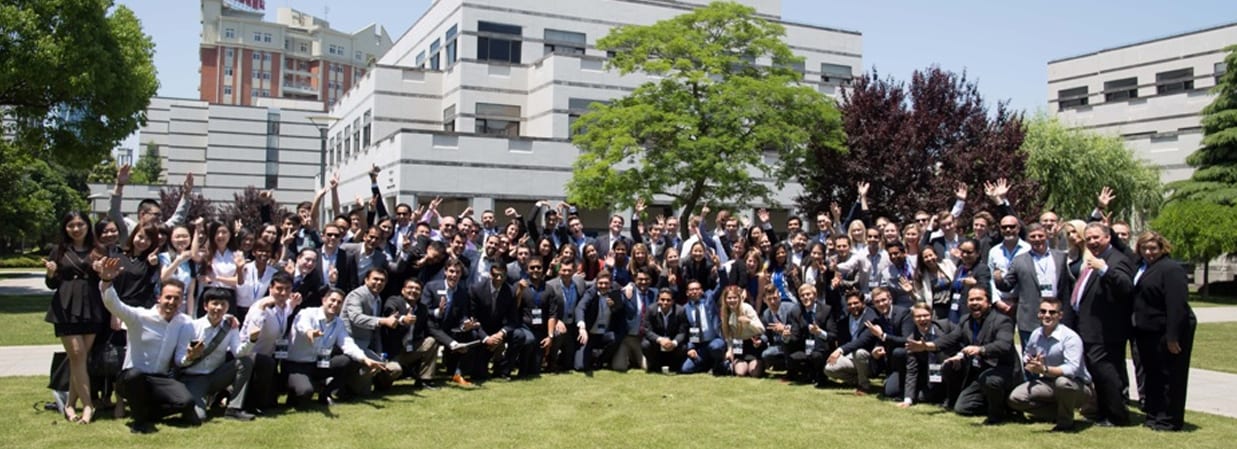
Global MBA Conference
Graduate Studies Blog

NANYANG MBA
Global MBA Conference
Submitted by Mathew Stenger, President of the Student ExCo
The Annual Global MBA Conference is a chance for MBA leaders from around the world to come together to share best practices, create impactful networks and brainstorm ways to improve the global MBA student experience.
From the Nanyang MBA, Mathew Stenger and Yang Jiajia, the president and vice-president of the Student Exco attended the prestigious event which was held over four days on 20-23 May where the first day was a tour of Shanghai downtown area. This was a great way to learn about other global leaders while learning a bit about China’s rich history.
The following day, Thursday the 21st, the entire group of 70+ participants packed into an auditorium to hear some amazing presentations about China in the 21st Century, debate about sustainability and have conversations on innovation.
Then on Friday, we participated in many best practice sharing sessions where teams explored areas to improve alumni engagement, career development and motivating student experience. Aside from this, there were interesting opportunities to learn about calligraphy and a few basic Chinese words – maybe more helpful for Mathew than for Jiajia J. Finally, the evening was capped off with a fresh gala followed by an evening exploring the downtown area.
After a day of breakout sessions, the group came back together to share some of the solutions that were created on Friday. After a few closing ceremonies, the group ended the trip with a cruise up and down the Huangpu River at downtown Shanghai. Traditional dress was provided by the host, CEIBS, and everyone dazzled in their sharp looking qipao’s or changshan’s.

Jiajia and Mathew
Lessons Learned:
One of main themes of the summit was the strong focus on China’s economy and business culture. The speakers, such as Mr. David Gosset and Prof. Zhu XiaoMin presented an insightful speech about doing business in China and the endless possibilities of the future Chinese economy. We built on our existing knowledge of the Chinese business culture by learning a few more techniques on how to cope with Chinese business culture.
During the debates, the participants were quite engaging and even debated with the speakers on hot topics like the sustainability of Chinese economy, the democratic evolvement in China and Asia’s role in the global economy. It was a great experience to participate in the discussion on such topics and learn other perspectives.
Aside from the unique discussions, the essence of the global summit is knowledge sharing and that is something that should be on the top of all MBA programs priorities. It benefits future classes tremendously and must be driven by leaders to incorporate and develop.
Another interesting lesson learned was that all top MBA programs have very similar triumphs and challenges which can be valuable as student leaders to understand when leading events, pulling in alumni or delivering top business case competitions.
During one of the group discussion we explored the idea of a long term student body vision which all students can support year over year. Especially with one-year programs, the vision must be longer and outlined for those 5 years to help maintain continuum. This was a great point!
From my perspective, one of the major differences between one-year and two-year programs is the overlap between the incoming and outgoing students. This is much more challenging in one-year programs, but every effort must be made to create this information handoff. Part of the responsibility falls with the MBA students and the other part must be designed and structured by the MBA program office. The knowledge transfer process happens naturally and needs to happen over a period of interactions.
Reflection on experience:
Overall the experience was a great way to reflect on the accomplishments our Nanyang MBA student class has achieved over the past year. I would argue with anyone given our limited and condensed schedule that we were able to accomplish some pretty amazing events led by students and supported by MBA program office staff.
For more information about Nanyang Business School click here.
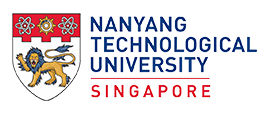


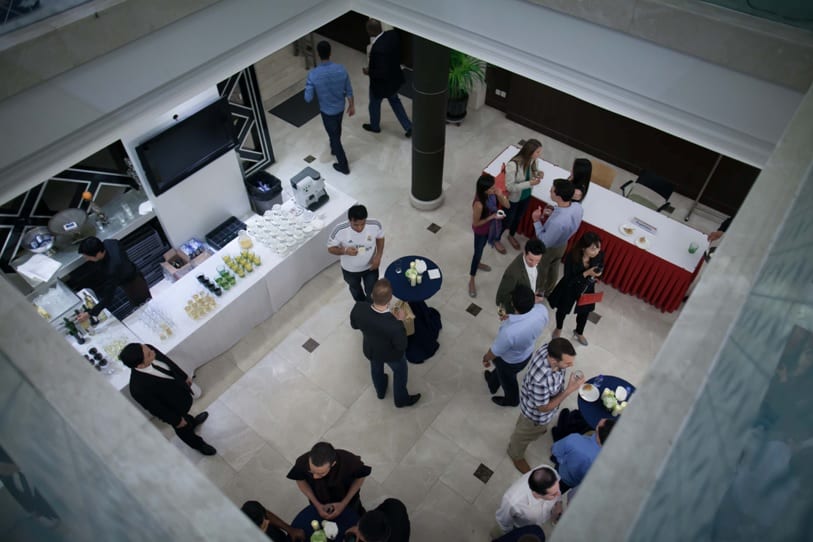
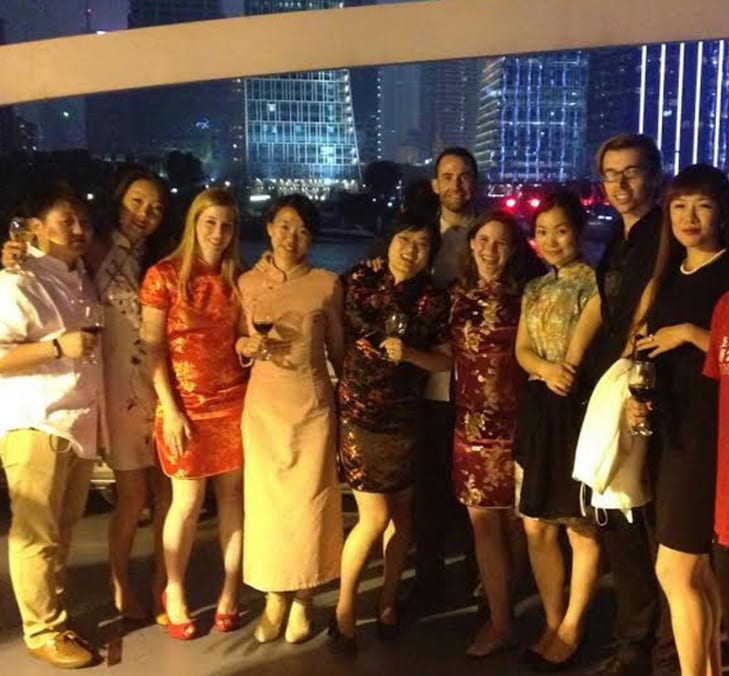



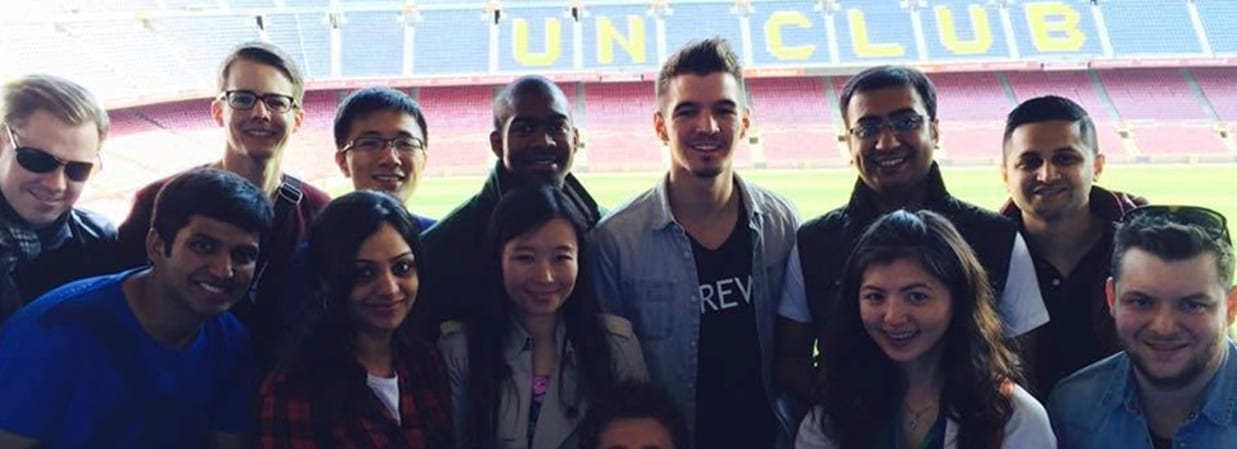



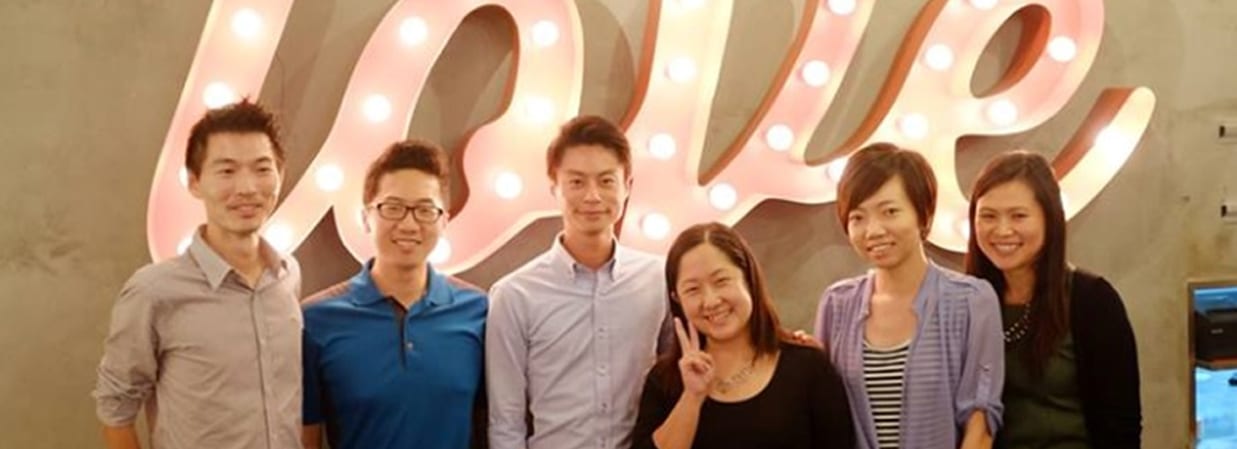

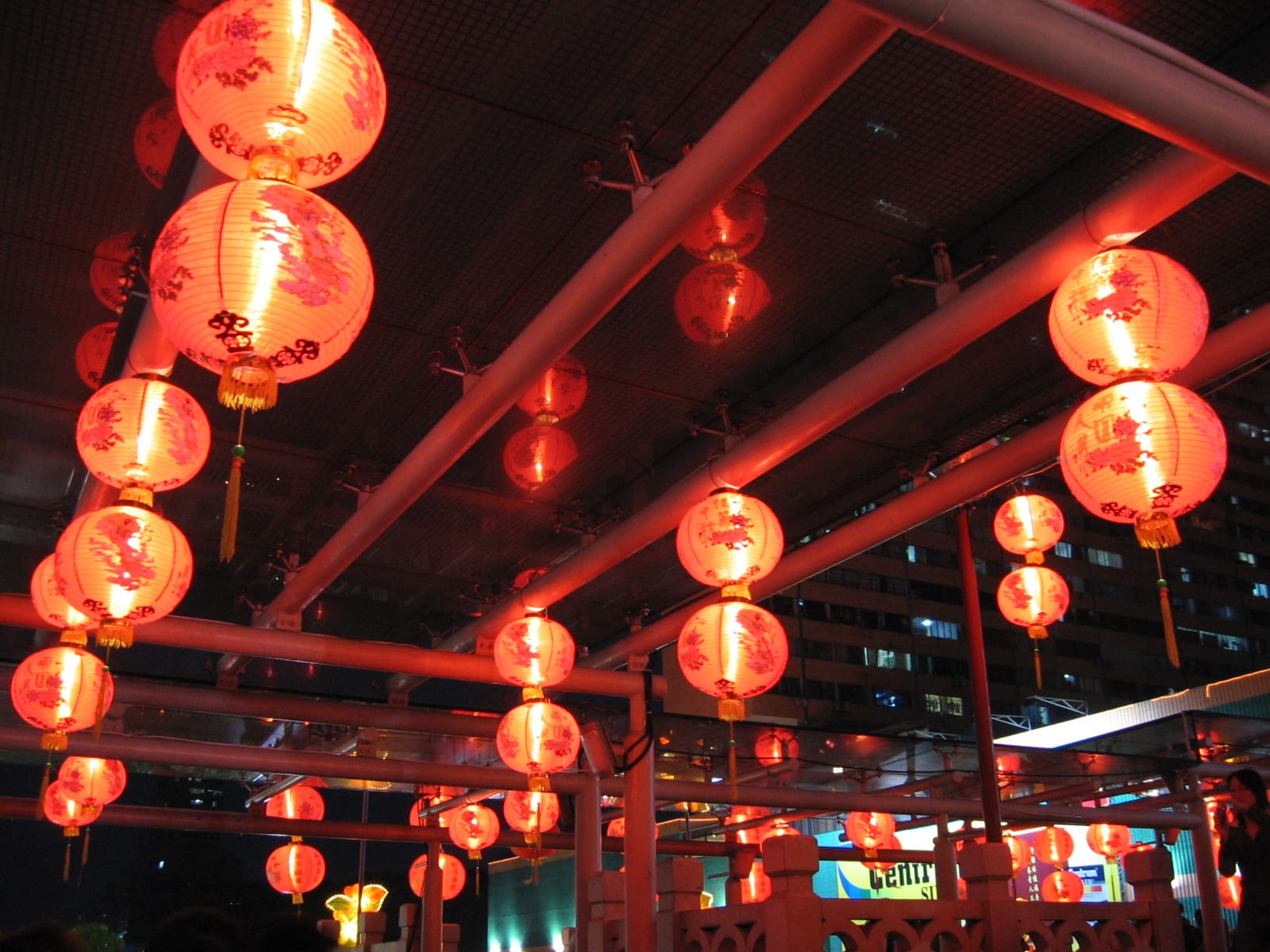


You must be logged in to post a comment.